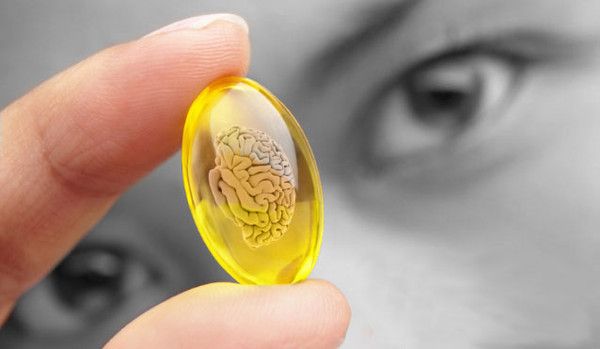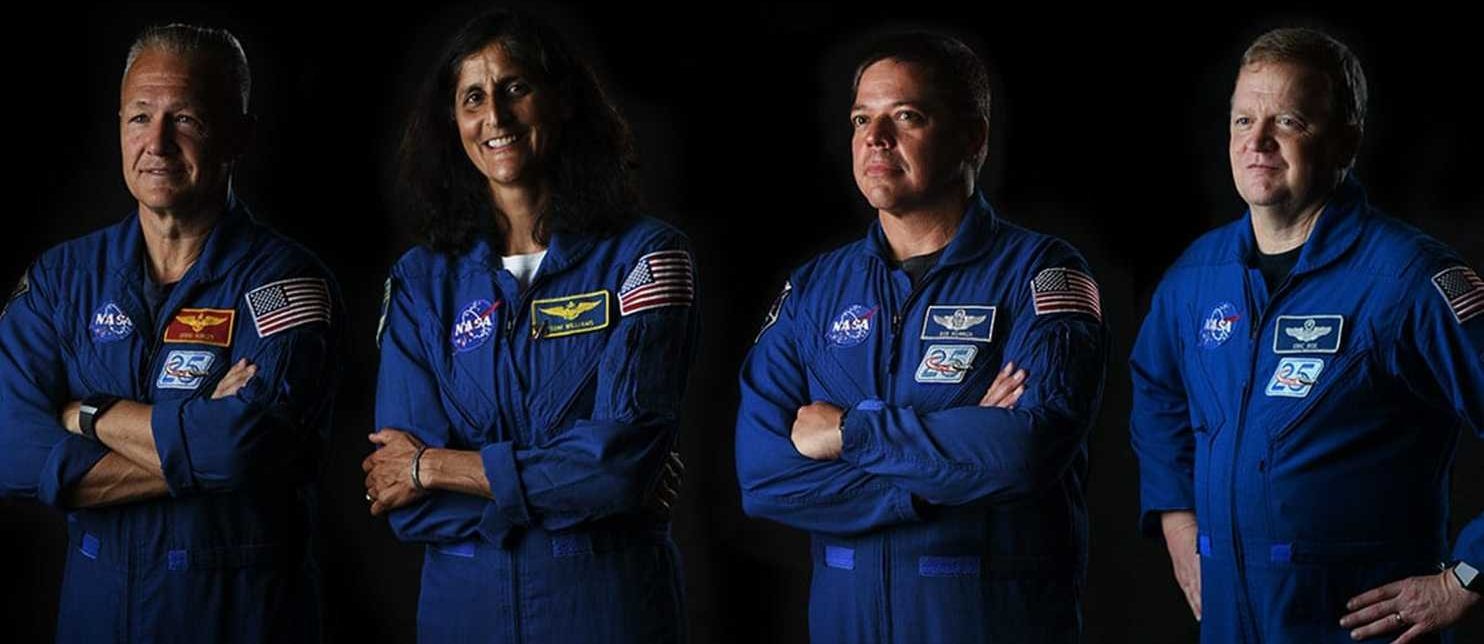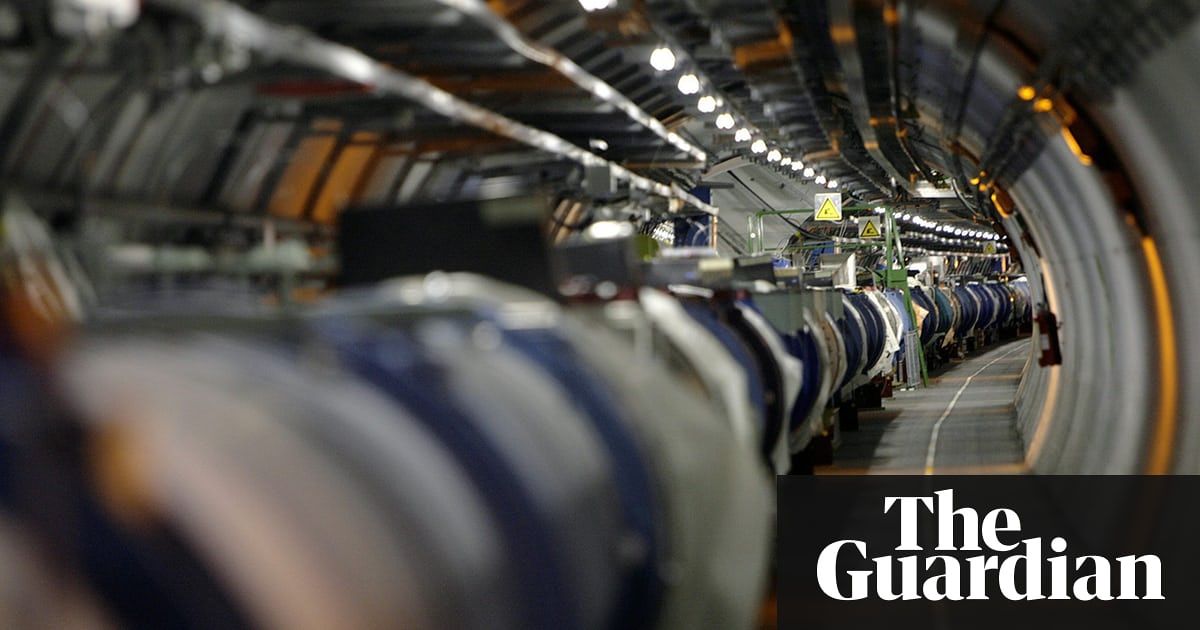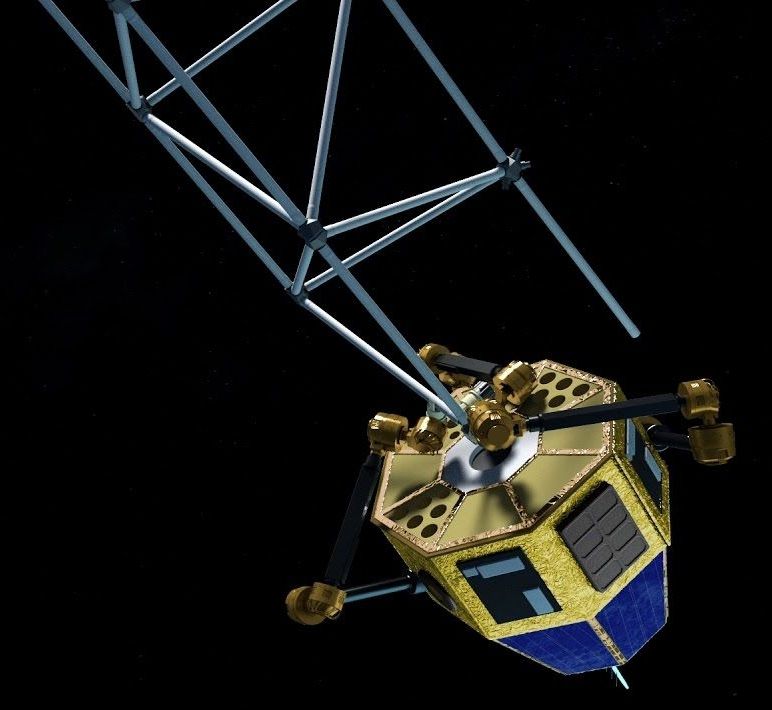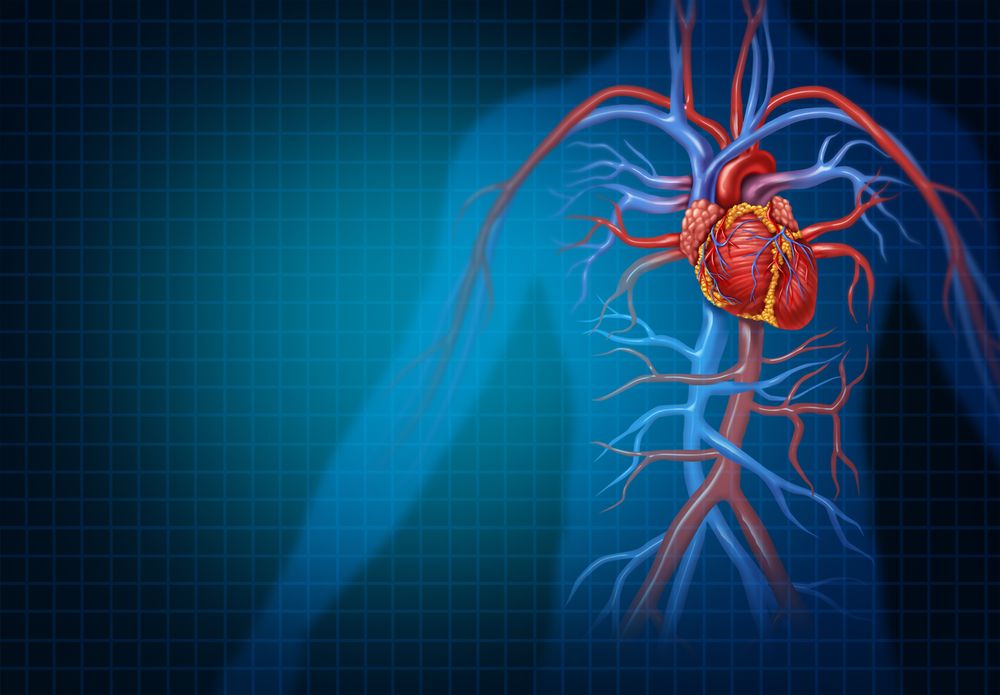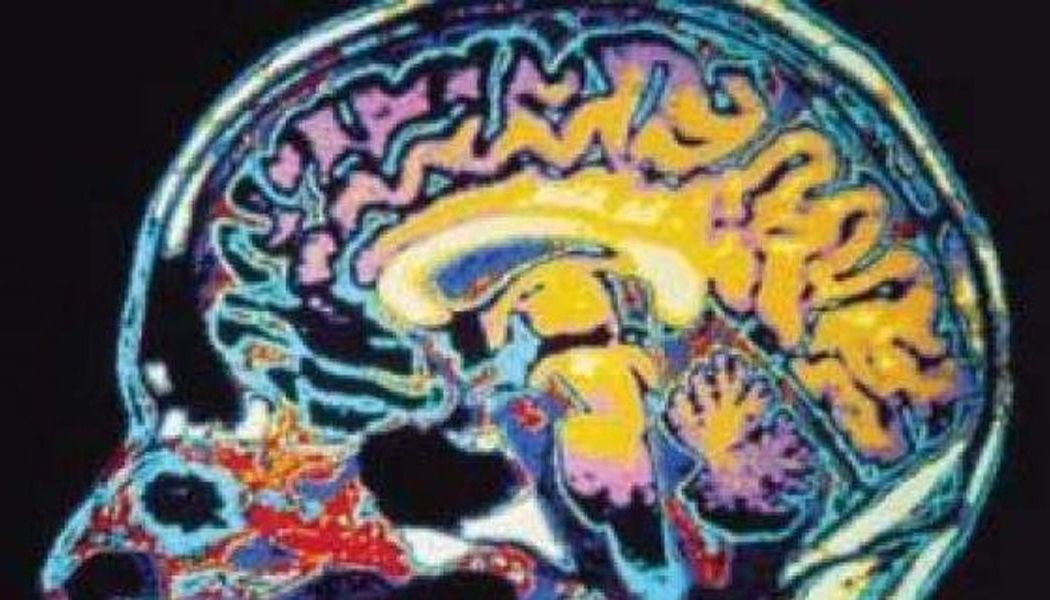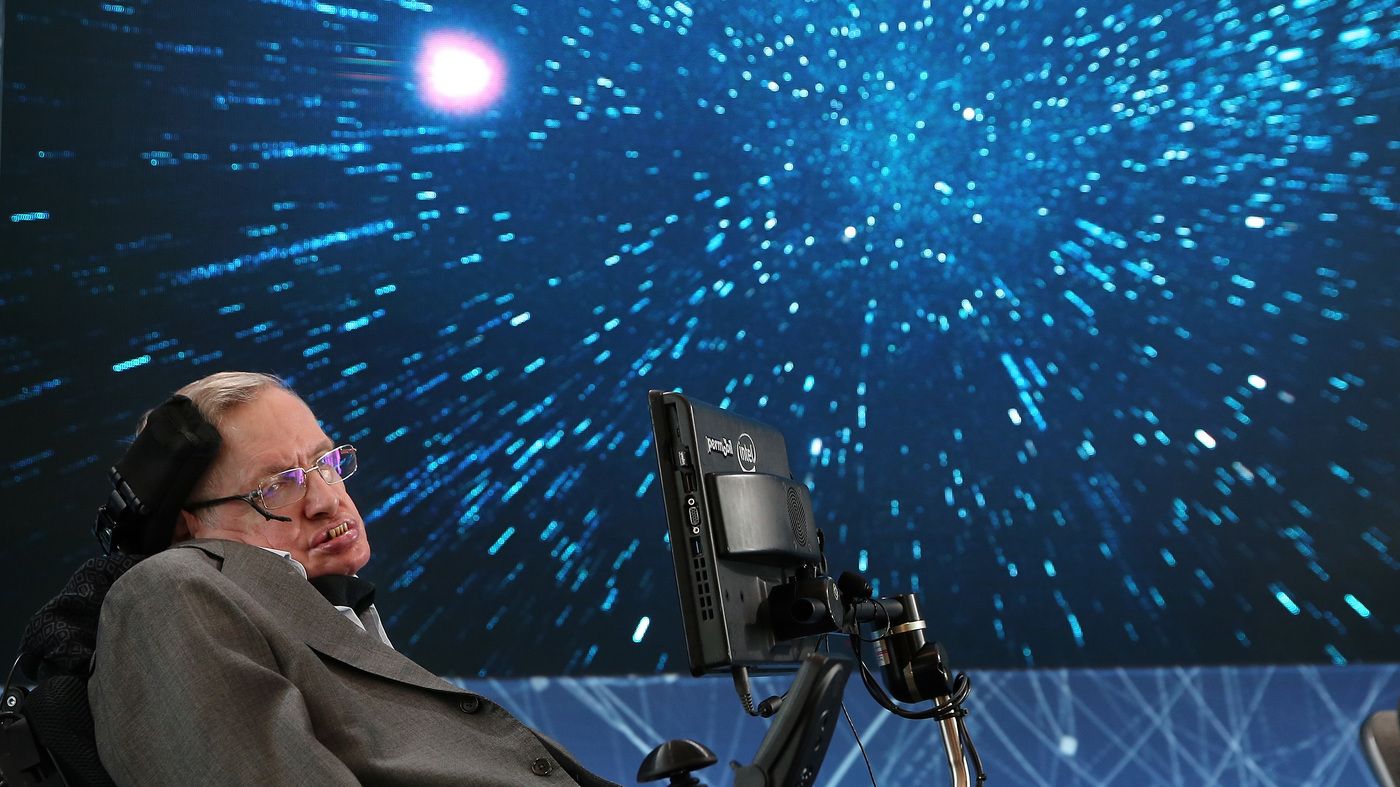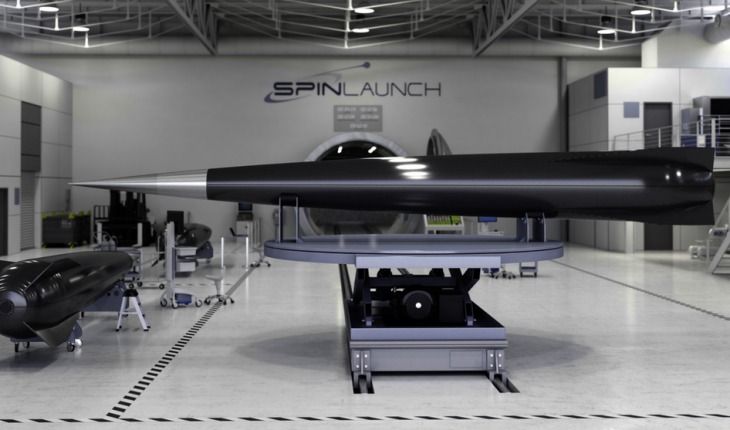Jun 15, 2018
Scientists have found a single cell that can be used to regenerate an entire animal
Posted by Manuel Canovas Lechuga in category: biotech/medical
Some worms that inhabit lakes and rivers are capable of almost limitless regeneration.
Some worms that inhabit lakes and rivers are capable of almost limitless regeneration, and scientists have isolated the cell that allows them to perform their death-defying feats.
The ability of planarian flatworms to regrow severed heads and other body parts has been known for over a century, but new techniques have allowed a research team to discover how they do it.

